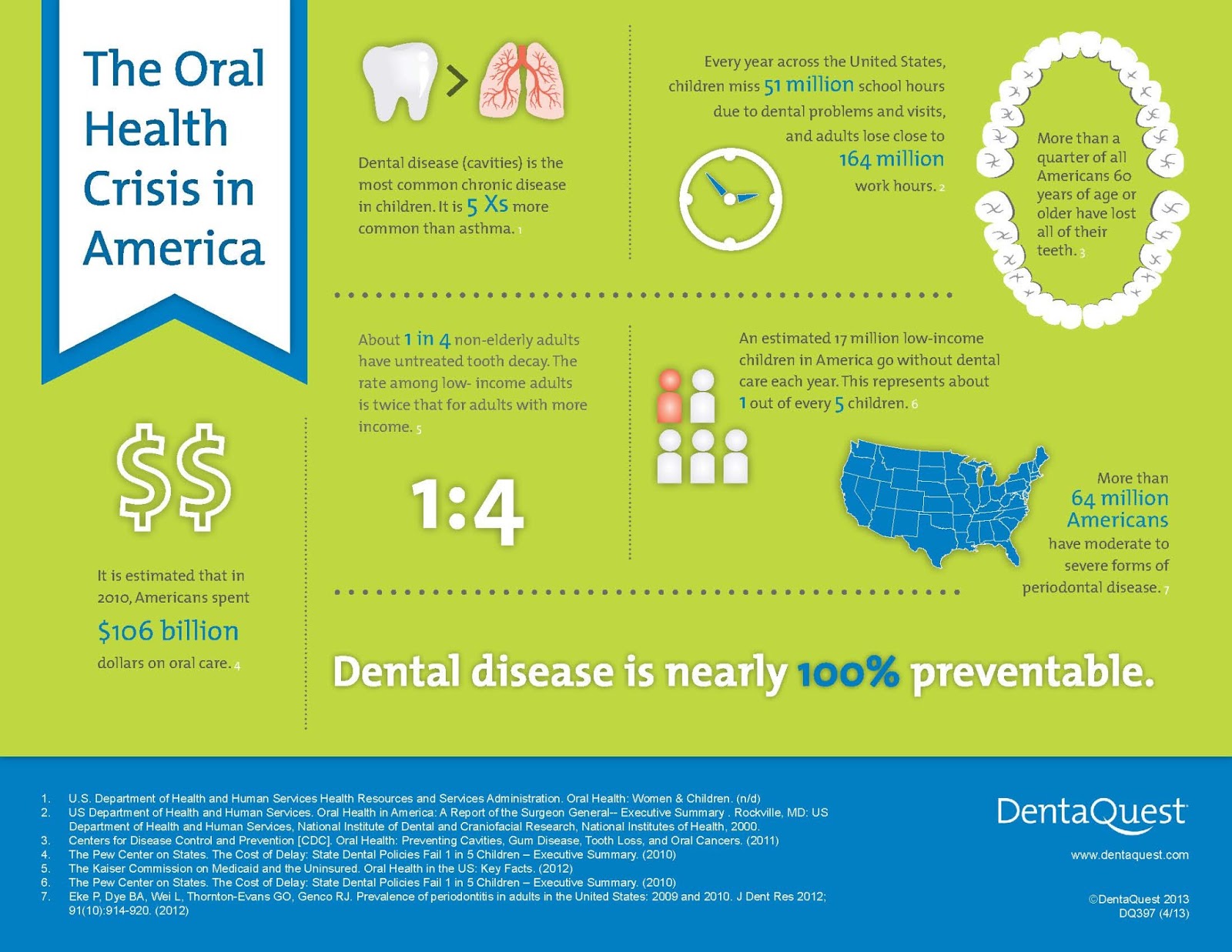If you feel an abrupt jolt of pain or notice a tooth injury, it can be disturbing. However exactly how do you establish if it's an oral emergency situation that needs immediate interest? Understanding the essential indicators and understanding when to seek assistance can make all the distinction in protecting your dental health. Understanding when to act swiftly might imply the difference between a quick fix and more comprehensive therapy.
Common Types of Dental Trauma
What're the usual sorts of oral injury that you should be aware of?
Mishaps can take place, resulting in different sorts of oral injuries. One usual kind of oral trauma is a fractured tooth. This can occur from attacking down on something tough or experiencing a strike to the face.
Another kind is a busted tooth, where a part of the tooth can chip off. Furthermore, you may experience a knocked-out tooth, which can occur during sports or drops. It's vital to handle the tooth carefully and seek instant dental interest.
Oral trauma can likewise involve a tooth that has actually been pushed out of placement or loosened up due to an injury. This sort of injury needs timely treatment to conserve the tooth.
Finally, soft tissue injuries in the mouth, such as cuts, can additionally occur from accidents. Understanding about these common sorts of dental trauma can aid you act promptly and suitably in case of an emergency situation.
Indicators of Oral Emergencies
Acknowledging the signs of oral emergency situations is vital for prompt activity and correct therapy. If you experience serious tooth pain that's constant and throbbing, it could suggest an underlying problem that calls for immediate interest.
Swelling in the periodontals, face, or jaw can likewise signify an oral emergency, specifically if it's accompanied by pain or fever. Any type of type of injury to the mouth resulting in a split, damaged, or knocked-out tooth should be dealt with as an emergency situation to prevent additional damages and prospective infection.
Hemorrhaging from the mouth that does not stop after applying pressure for a few mins is another warning that you need to look for emergency oral care. Furthermore, if you discover any kind of signs of infection such as pus, a foul taste in your mouth, or a high temperature, it's essential to see a dentist asap.
Overlooking these indicators can bring about more significant issues, so it's vital to act quickly when faced with a possible dental emergency.
Value of Immediate Therapy
Trigger activity and prompt therapy are vital in attending to dental emergencies to avoid more complications and guarantee ideal outcomes for your dental health and wellness.
When faced with a dental emergency, such as a knocked-out tooth or severe toothache, seeking instant treatment can make a considerable distinction in conserving your tooth and minimizing discomfort. Delaying therapy can cause infection, boosted discomfort, and even long-term damage to your teeth and gums.
By looking for emergency situation oral treatment promptly, you raise the opportunities of effective therapy and restoration. Dental professionals have the needed abilities and tools to address emergency situations efficiently, decreasing the danger of long-lasting consequences.
In addition, immediate therapy can assist take care of pain and discomfort, permitting you to resume your everyday activities without diversion.
Conclusion
To conclude, understanding dental injury and understanding when to seek first aid is important for keeping oral health.
By recognizing common sorts of oral injuries and the indicators of dental emergency situations, you can make sure timely care to avoid more damage and difficulties.
Remember, seeking Analgesics in Dentistry can save teeth, minimize discomfort, and boost the possibilities of effective recuperation.
Do not hesitate to seek aid from a dental professional if you experience any type of signs of oral trauma.
